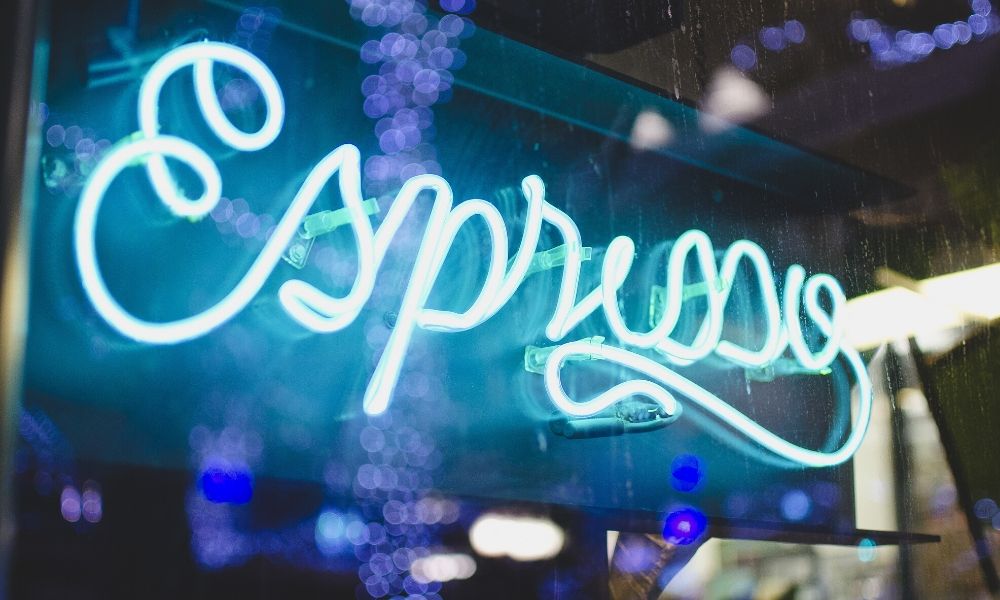How Do Neon Signs Hold Up in Cold Weather?
Prepare every aspect of your business for the upcoming winter months with this important explanation on how neon signs hold up in cold weather.
by Jantec Neon • November 25, 2019

With winter nearly upon us, it’s time to start preparing yourself and your business for frigid temperatures and blistering winds. In addition to cranking up the heat and salting the sidewalk, also consider how the winter winds will affect your store’s signage. Calm your worries and learn more about how neon signs hold up in cold weather.
Physics of gas
The key to understanding how neon signs hold up in cold weather is to first understand the physics of gas. Elements most often reach a gaseous state when heated, so it stands to reason that neon and argon gases—the two most common elements in neon signs—may suffer slightly when exposed to cold weather. Argon gas is especially susceptible to cold weather and its atoms can become affected at temperatures 45˚F and under. This causes the gas molecules to move more slowly and will cause the neon sign to appear slightly dimmer.
Pure neon signs
When in its purest state, neon gas emits red light photons. Because these molecules are not combined with any other elements or colors, the red light appears very vibrant and vivid. Additionally, because red neon signs are often filled exclusively with neon gas, they will be less susceptible to cold weather. Pure neon signs will operate much more efficiently in cold weather than signs containing a mixture of argon or mercury might.
Argon and neon signs
Neon signs containing argon gas are slightly more likely to experience difficulties in cold weather. Because argon gas is typically required to produce neon signs in colors other than red, these signs will often be more affected by cold weather. These signs may appear slightly dimmer than they typically would be, and the colors may appear slightly discolored or distorted. Yellow, blue, green, and white signs are particularly prone to discoloration during cold weather. Additionally, these signs may occasionally flicker or experience a delay after being turned on. The ratio of neon to argon will most significantly affect the brightness and performance of a neon sign in the winter. Placing your neon sign on the inside of your store’s windows will help reduce the negative effect cold weather can have on your sign.
For more information on neon sign care, contact our team at Jantec Sign Group. We are a trusted neon sign manufacturer that produces high-quality, custom signs which can be shipped throughout the United States.

